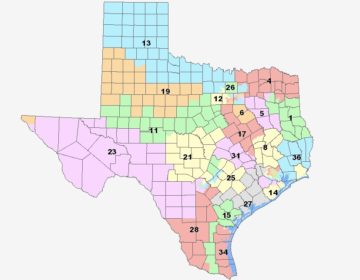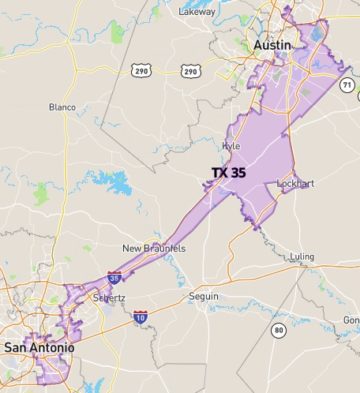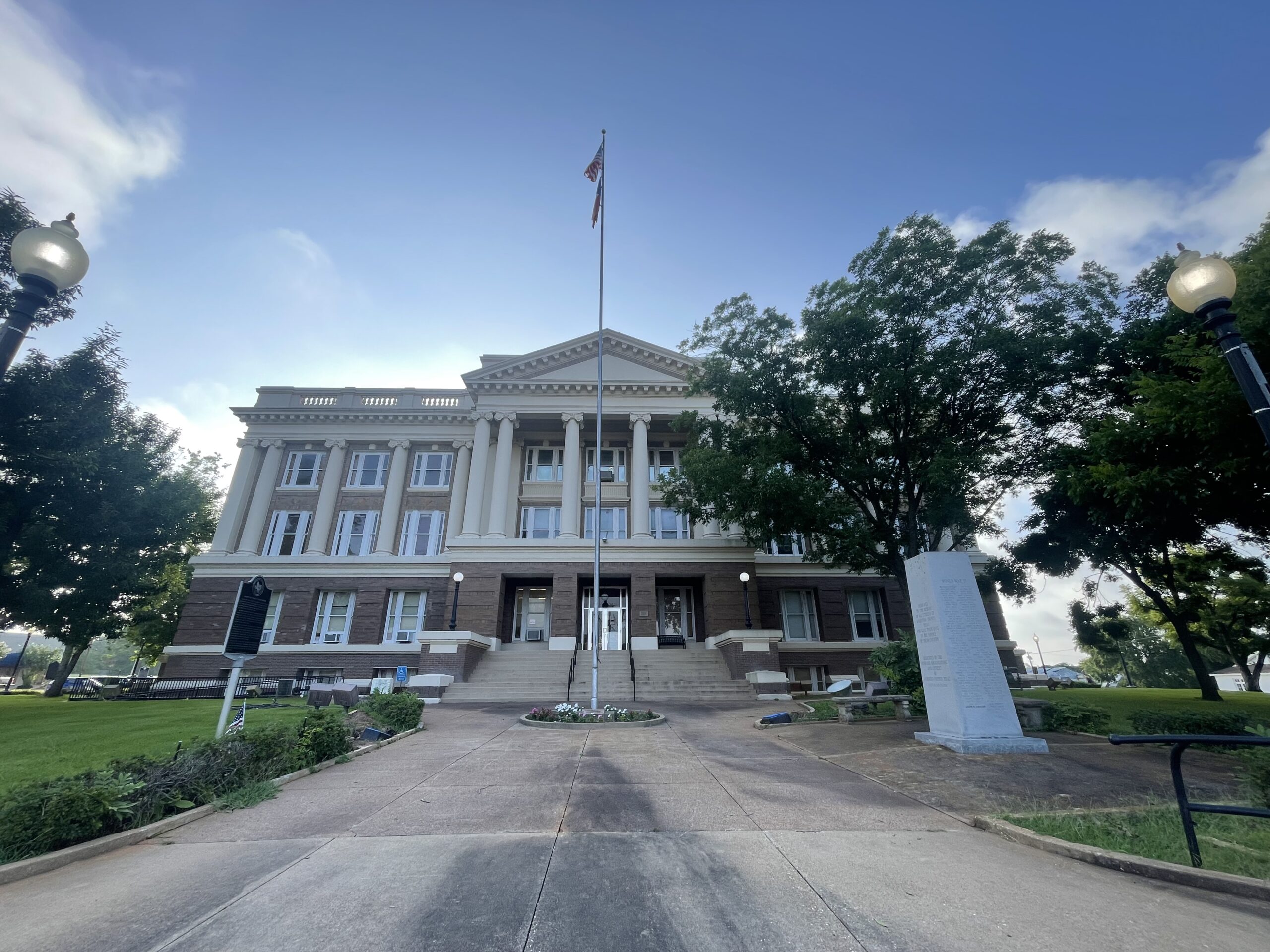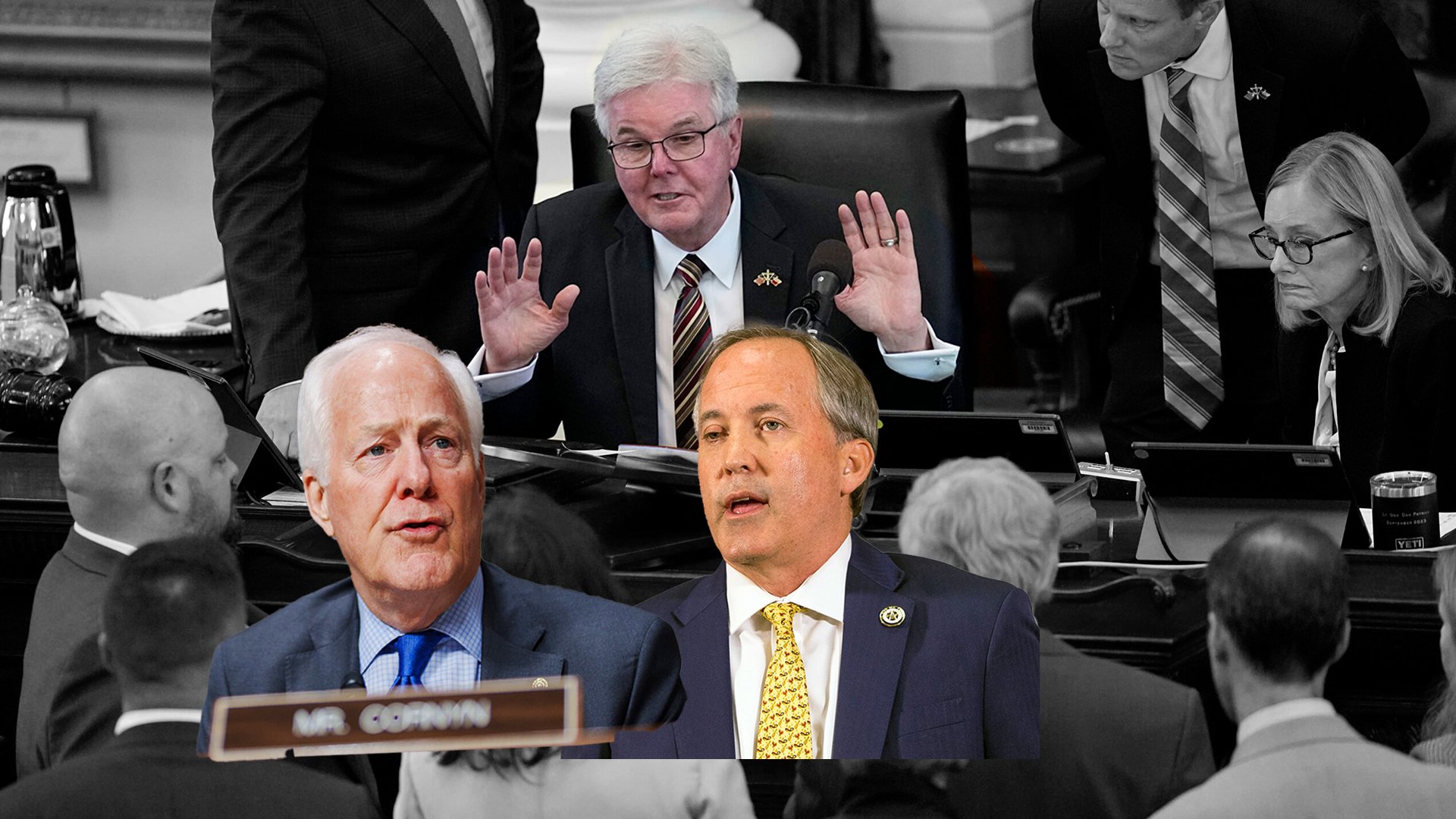
Supreme Court Decision Means 2018 Elections Could Use ‘Discriminatory’ Maps
The high court’s intervention raises the possibility that next year’s election may feature “intentionally discriminatory” congressional and state House districts.


In a 5-4 decision late Tuesday, the U.S. Supreme Court agreed to hear the latest round in Texas’ marathon redistricting case, raising the possibility that next year’s elections could feature districts that the courts have already found were drawn with the intent of discriminating against minority voters.
The appeal comes as Texas Attorney General Ken Paxton has vowed to turn his office into an appeals machine in order to uphold a voter ID law and election maps. For the last six years, the cases have followed a tortuous legal path, though there’s been one consistent theme: In nine instances, various courts have found that the state of Texas passed intentionally discriminatory voting laws.
After federal judges intervened to block voter ID and redistricting, the Texas Legislature then passed updated versions of those laws, which the courts again blocked this summer for their discriminatory impact on minority voters.
The maps now at issue — Congressional Districts 27 and 35, along with nine state House districts across Dallas, Nueces, Bell and Tarrant counties — largely mirror an interim fix that a federal three-judge panel in San Antonio agreed to in 2012. That was after the Supreme Court scrapped Texas’ first post-2010 Census redistricting plan and told the state to start over. Instead, the GOP-dominated Legislature mostly just turned the court’s interim plan into law, rejecting proposals by Democratic and minority lawmakers to improve the maps.

However, in a ruling last month that again blocked some of those district maps from being used, the judges stressed that their interim plan was only supposed to be temporary, something adopted under “severe time constraints” and “without a full examination of the record or governing law.” They ultimately concluded that Hispanic voters around Corpus Christi were “intentionally deprived” of the opportunity to elect a congress member of their choice; that race was the predominant factor in determining the strange battle-axe shape of Lloyd Doggett’s congressional district; and that nine state House districts were deliberately drawn to dilute the minority vote and “ensure Anglo control.”
As I’ve written before, election law experts say the repeated findings of intentional discrimination bolster the case for forcing Texas to clear voting law changes with the feds.
Paxton, in a glowing response to the high court’s intervention Tuesday night, said in a prepared statement, “The Supreme Court confirmed what the rest of us already knew: Texas should be able to use maps in 2018 that the district court itself adopted in 2012 and Texas used in the last three election cycles.”
In its emergency appeal to the Supreme Court to keep using the maps, Paxton’s office had argued that redrawing the districts again would lead to “chaos” for election officials ahead of the March 2018 primary. Those officials have said they need new maps by October in order to avoid a delay, which now appears to depend on whether the Supreme Court allows Texas to keep using its deliberately racist redistricting plan.


